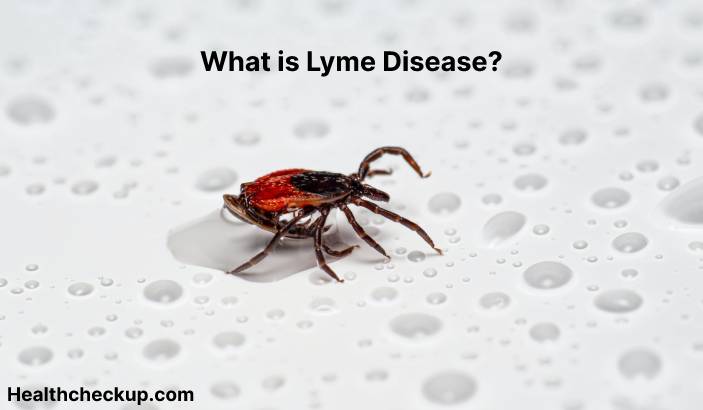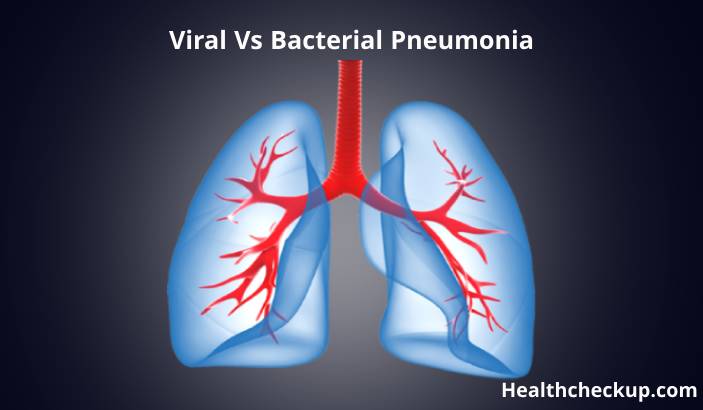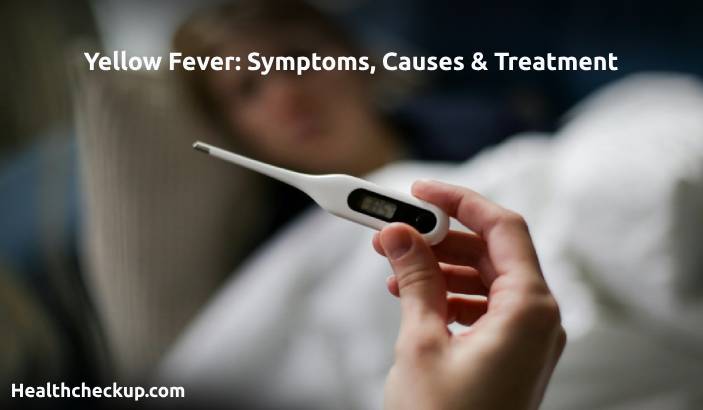Lyme disease is a bacterial infection caused by the spirochete Borrelia burgdorferi. It is transmitted through the bite of infected ticks, which are found in wooded and grassy areas. Lyme disease is most common in the northeastern and northcentral United States, but it has also been reported in other parts of the world.
Symptoms of Lyme disease appear within days or weeks of a tick bite, and they can range from mild to severe. Early symptoms include:
- Rash: The most common symptom of Lyme disease is a rash called erythema migrans, which appears at the site of the tick bite. The rash is typically circular and accompanied by fever, headache, and muscle aches.
- Flu-like symptoms: Some people with Lyme disease experience fever, chills, body aches, and fatigue.
If left untreated, Lyme disease can progress to later stages, which include:
- Joint pain: Some people with Lyme disease experience pain and swelling in the joints, particularly the knees.
- Neurological symptoms: Lyme disease can affect the nervous system and cause symptoms such as facial paralysis, meningitis, and numbness or tingling in the hands and feet.
- Heart problems: Rarely, Lyme disease can cause heart problems such as heart palpitations and inflammation of the heart muscle.
Diagnosis of Lyme disease is typically made through a combination of clinical presentation, laboratory testing, and a history of possible exposure to infected ticks. Laboratory tests can detect the presence of Borrelia burgdorferi in the bloodstream.
Treatment of Lyme disease typically involves the use of antibiotics, such as doxycycline or amoxicillin. Early treatment is crucial to prevent complications and ensure a successful outcome. In cases of severe infection or complications, hospitalization is necessary.
Prevention of Lyme disease involves taking steps to avoid tick bites, such as wearing long sleeves and pants and using insect repellent when spending time in wooded or grassy areas. It is also important to check for ticks after spending time outdoors and to remove any attached ticks promptly and properly. In areas where Lyme disease is prevalent, using insecticide-treated bed nets and keeping lawns and landscaped areas well-maintained also help reduce the risk of tick bites.
In conclusion, Lyme disease is a bacterial infection transmitted through the bite of infected ticks. It is most common in the northeastern and northcentral United States, but it has also been reported in other parts of the world. Symptoms of Lyme disease can range from mild to severe and include rash, fever, chills, body aches, and fatigue. Left untreated, Lyme disease can progress to later stages and cause joint pain, neurological symptoms, and heart problems. Diagnosis is made through a combination of clinical presentation, laboratory testing, and a history of possible tick exposure. Treatment typically involves the use of antibiotics, and early treatment is crucial to prevent complications. Good personal hygiene and taking steps to avoid tick bites can help prevent Lyme disease.









